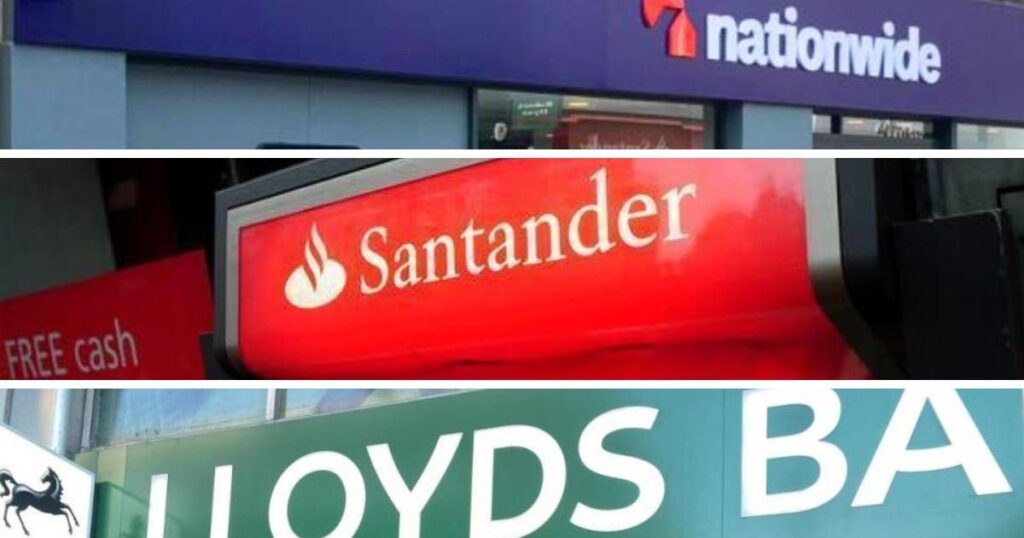Finance experts say a common mistake customers make is to leave their savings in an account which offers a poor rate of return.
Moving money from a poor interest rate account is an easy way to boost bank balances.
So, following the start of the new tax year in April, experts have since offered advice on how households can make their money work for them in the best ways.
A poor interest rate is generally considered to be anything below 3%.
Nationwide is the largest building society in the UK.
Each time, they make profits or make an acquisition of another financial institution, they tend to share profits with their members (customers).
Today I received £50 as a bonus that were sent out to 12 million members; £600… pic.twitter.com/YMPupwa6P8— Zulfiqar Ahmed 🤔 (@ZulfiqarAhmed69) April 9, 2025
Millions could make hundreds of pounds extra in this way by considering better where they put their money.
For example, someone putting £5,000 into a 5% AER account and leaving it there would make £250 in a year.
Fiona Peake, personal finance expert at Ocean Finance, said: “Whether you’re saving £50 or £5,000, the key is to start.
“Investing early gives you the greatest benefit as your money is protected from tax and has more potential to grow.
“If you’re still using a standard savings account paying low interest, switching that money into a Cash ISA could protect your returns from tax, especially if you’re close to or over your Personal Savings Allowance.”
Recommended reading:
“There are Cash ISAs, Stocks & Shares ISAs, Lifetime ISAs, and even Innovative Finance ISAs.
“Each has different benefits depending on whether you’re saving, investing, or buying a home, so it’s worth checking what’s right for your goals.
“Keeping track of ISA contributions across different accounts can be tricky, but it’s important you don’t accidentally exceed your £20,000 limit or you’ll face a fine.
“If you’ve put £4,000 into a Lifetime ISA, you’ll only have £16,000 left for others.”
Source link
[Featured]
[Just In]




